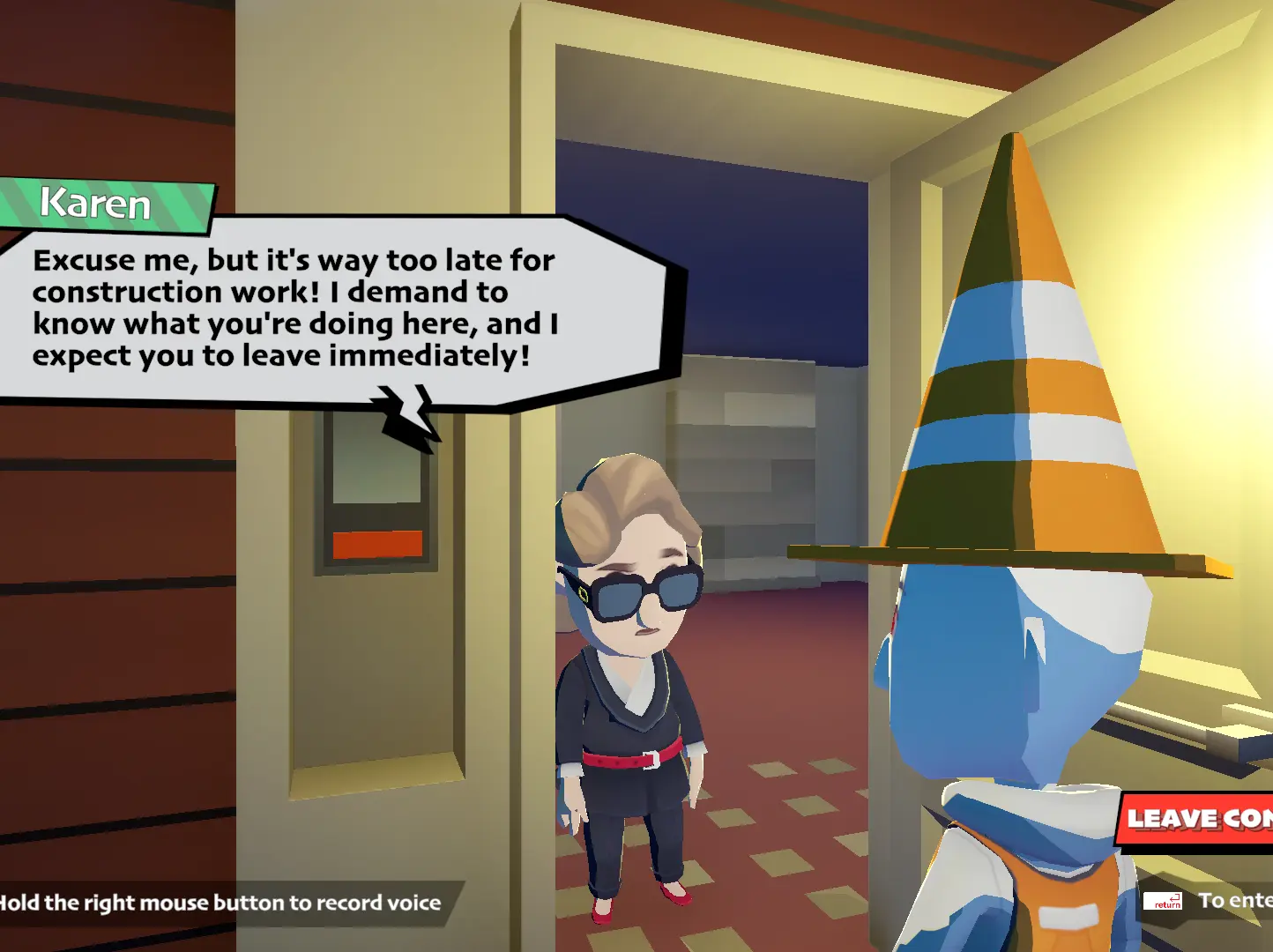Devlog 4: Procedural Storytelling and Narratives
This week, the implementation of PCG in storytelling was explored.
Procedural Content Generation (PCG) is widely known for its applications in level design, character generation, and item creation, but one of its most fascinating implementations is in procedural storytelling. This technique allows developers to generate unique and dynamic narratives that evolve based on player actions, game mechanics, or randomization algorithms.
Procedural storytelling refers to the use of algorithms to create or influence narrative elements in a game. Unlike traditional storytelling, procedural storytelling introduces variability, enabling narratives that are unique to each playthrough.
This approach can create deeply immersive experiences, where the story evolves organically based on the player’s interactions with the game world. It’s particularly useful for open-world games, role-playing games, and simulations where replayability and player agency are essential.
A good example of procedural story telling is the Nemesis System in Middle-earth: Shadow of Mordor. Although Shadow of Mordor, as well as its sequel Shadow of War, has a handcrafted storyline, the Nemesis System allows for unique interactions between the player and certain enemies. As you progress through the story, enemies you’ve encountered before my progressively get scars or new traits based on your previous encounters with them. “They are created randomly with each playthrough thanks to procedural generation with their own personality, multiple body types and parts, hairstyles, behaviors, voices, animations, etc” (Pêcheux 2022). Due to this, each playthrough feels unique as the narrative between the player and these enemies evolves with each interaction.
Another good example of PCG implementation in narratives is No Man’s Sky, as the procedurally generated alien species have unique cultures and languages that enrich the game’s exploration narrative.
Due to the emergence of several Large Language Models’s (LLM) in recent years, AI is being used as a basis for gameplay which informs the player’s own narrative. “One compelling avenue for the application of generative LLMs is in the realm of Intelligent Non-Player Characters (NPC)” (Martinez 2023), these NPCs can respond dynamically to the player and are capable of having long term memories.
For example, in the game Suck Up!, the player plays as a vampire, and their goal is to persuade homeowners to invite them into the property so that they can suck their blood. The AI in this game responds to the player dynamically as an LLM is used to generate the response, and the player is allowed to use a microphone or input text to talk to NPCs.

The integration of AI and machine learning offers exciting possibilities for procedural storytelling. Advanced algorithms can analyze player preferences and generate narratives that are both unique and emotionally engaging. This could pave the way for truly adaptive and personalized gaming experiences.
Conclusion
Procedural storytelling is a powerful tool for creating dynamic, engaging, and replayable narratives. By blending algorithmic systems with creative design, developers can craft experiences that feel fresh and personalized for every player. As technology continues to advance, the potential for procedural storytelling in video games will only grow, opening new frontiers for creativity and interactivity.
Reference List
Pêcheux, M. (2022). WGTU #19: The power of procedural generation— with Middle-Earth: Shadow of Mordor. Medium [online]. Available from: https://medium.com/geekculture/wgtu-19-the-power-of-procedural-generation-with-middle-earth-shadow-of-mordor-f27cc1e8d755 [accessed 16 October].
Martinez, J. (2023). AI in video games: a historical evolution, from Search Trees to LLMs. Chapter 3: 2000–2023. Medium [online]. Available from: https://medium.com/@jjmcarrascosa/ai-in-video-games-a-historical-evolution-from-search-trees-to-llms-chapter-3-2000-2023-ae286c975387 [accessed 16 October].
Suck Up Studios. (2023). Suck Up!. [online]. Available from: https://www.playsuckup.com/ [accessed 16 October].
